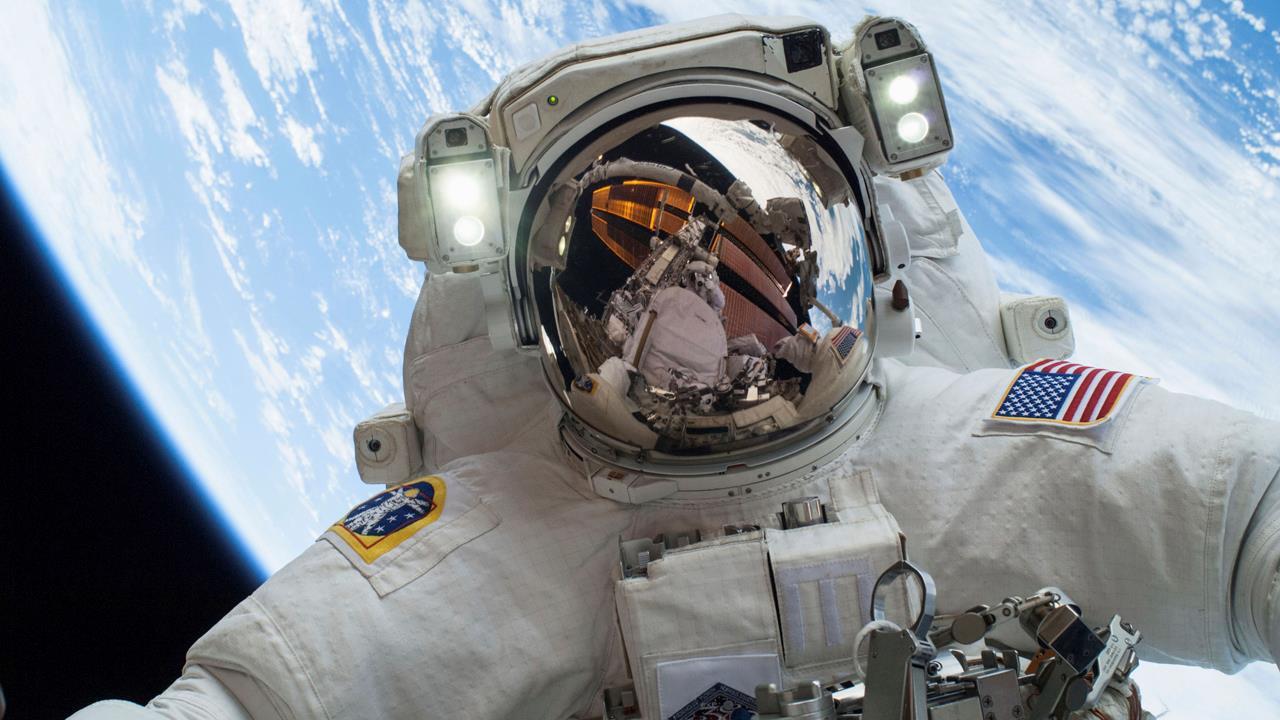NASA safety watchdogs raise concerns about SpaceX, Boeing spacecraft
NASA's plan to routinely ferry astronauts into orbit using private spacecraft--initially slated to start last year--has now slipped until at least the spring of 2019 and unresolved hazards threaten further delays.
New questions about the high-profile program, known as commercial crew transportation, emerged Thursday, with the National Aeronautics and Space Administration's top outside safety panel raising red flags about persistent dangers. Under the program, NASA would rely on capsules developed and operated on a commercial basis by Boeing Co. and Elon Musk's SpaceX.
Potential threats identified in the group's annual report range from unconventional rocket fuel systems to anticipated bombardment in orbit by tiny meteor fragments and other space debris.
NASA has stipulated a statistical limit of no more than one possible fatal accident per 270 flights. SpaceX and Boeing are developing separate fleets of capsules but neither is likely to meet that longstanding safety standard, despite years of testing, re-engineering and high-level government concern about what are called micrometeoroids, according to the report.
Even with the extra safeguard of mandated on-orbit inspections to detect collision damage, the independent watchdogs concluded "the likelihood remains that the providers will not meet all" of the previously agreed-to requirements. NASA managers will then have to determine if the statistical risk--including significant analytical uncertainties--is acceptable, according to the panel.
In addition, the document singled out Space Exploration Technologies Corp., the formal name for Mr. Musk's company, for two specific, potentially high-risk design and operational features related to fueling practices and internal tank structures of its Falcon 9 rockets. Both of the issues have been extensively studied by company and agency experts, but the report highlights that they still remain unsettled and definitive answers are essential before the Falcon 9 can be cleared to carry astronauts.
Boeing has told NASA it expects to launch its first crewed test flight in November, though company officials previously indicated that could slip to 2019. Hours before the safety report was posted on NASA's website, the agency revealed that SpaceX's initial manned flight has been pushed back to December from the summer.
Spokeswomen for Boeing and SpaceX didn't have any immediate comment on the report. Regarding its latest delay, SpaceX said the combination of Falcon 9 rockets and its Dragon capsules constitutes "one of the safest and most advanced human spaceflight systems ever built--and we are set to meet the additional milestones needed to launch our demonstration missions this year."
Before releasing the report, NASA said commercial spacecraft will provide "reliable and cost-effective access to low-earth orbit on systems that meet our safety and mission requirements."
But the strongly-worded, 38-page independent analysis illustrates the difficulties faced by both companies in meeting ambitious deadlines amid nagging safety threats, while pivotal decisions loom about authorizing the initial liftoffs.
Emphasizing that NASA is "at a critical juncture in human spaceflight development," the nine-member advisory panel urged NASA managers to "maintain a sense of urgency while not giving in to schedule pressure." The report provides the most comprehensive analysis yet and, to some extent, strongest cautionary examples of coming challenges.
The primary theme of the document--which also delved into NASA's other human exploration initiatives and unrelated programs--generally was positive. So far, it said, "there is no indication across NASA that schedule pressures are driving decisions that will adversely affect safety." But in the same paragraph, the panel warned that certifying manned vehicles will require "careful weighing of all the technical and operational aspects" of risk-benefit trade-offs.
For SpaceX, the upshot is that the panel determined that more work needs to be done to understand hazards posed by helium tanks used to maintain pressure of supercooled liquid oxygen inside the second stage of the Falcon 9. Various problems with those carbon-fiber wrapped helium containers were identified as the cause of catastrophic explosions of two of the rockets over a two-year span.
The panel determined that "adequate understanding of the [tanks] behavior" is an "absolutely essential precursor to potential certification for human space flight." The company is working on an alternate tank design if it fails to persuade NASA the original hardware is safe to fly astronauts.
In addition, the outside experts urged additional study of SpaceX's plans to load propellants into the rocket with the crew already strapped into the capsule. Such fueling procedures, sharply criticized by many industry experts, former astronauts and current agency officials, run counter to the traditional practice of loading fuel first and only then putting astronauts on top of the rocket waiting for blastoff.
Congress is stepping up scrutiny of the program, with members of a House science panel scheduled to pepper representatives of both companies and the head of NASA's manned exploration office with questions at a hearing next Wednesday.
"Fully assessing all the hazards is critical in determining the best time to load the crew," according to the report. SpaceX has pledged to cooperate with NASA to resolve all safety questions.
Despite recurring delays, NASA's initiative enjoys strong support among many lawmakers, industry officials and scientists. Advocates believe it offers promising, low-cost alternatives for putting humans into earth orbit, conducting lunar exploration and, eventually, sending astronauts on voyages deeper into the solar system.
"Compared to any other NASA program," this is "providing taxpayers with more bang for the buck," said Phillip Larson, a former SpaceX official who also worked in President Barack Obama's administration and now is an assistant dean at the University of Colorado at Boulder.
Write to Andy Pasztor at andy.pasztor@wsj.com
(END) Dow Jones Newswires
January 12, 2018 05:44 ET (10:44 GMT)
